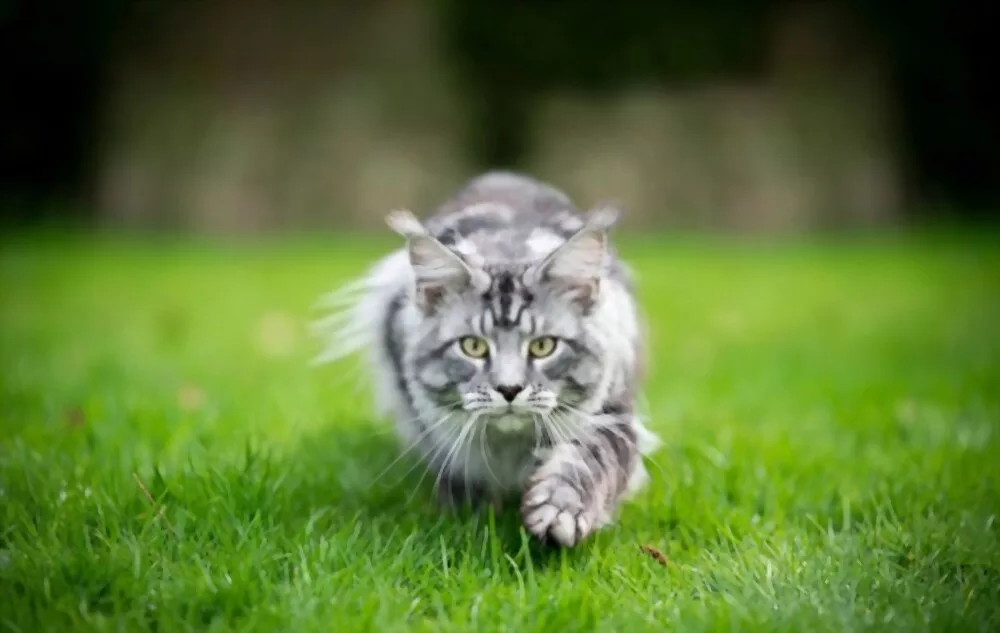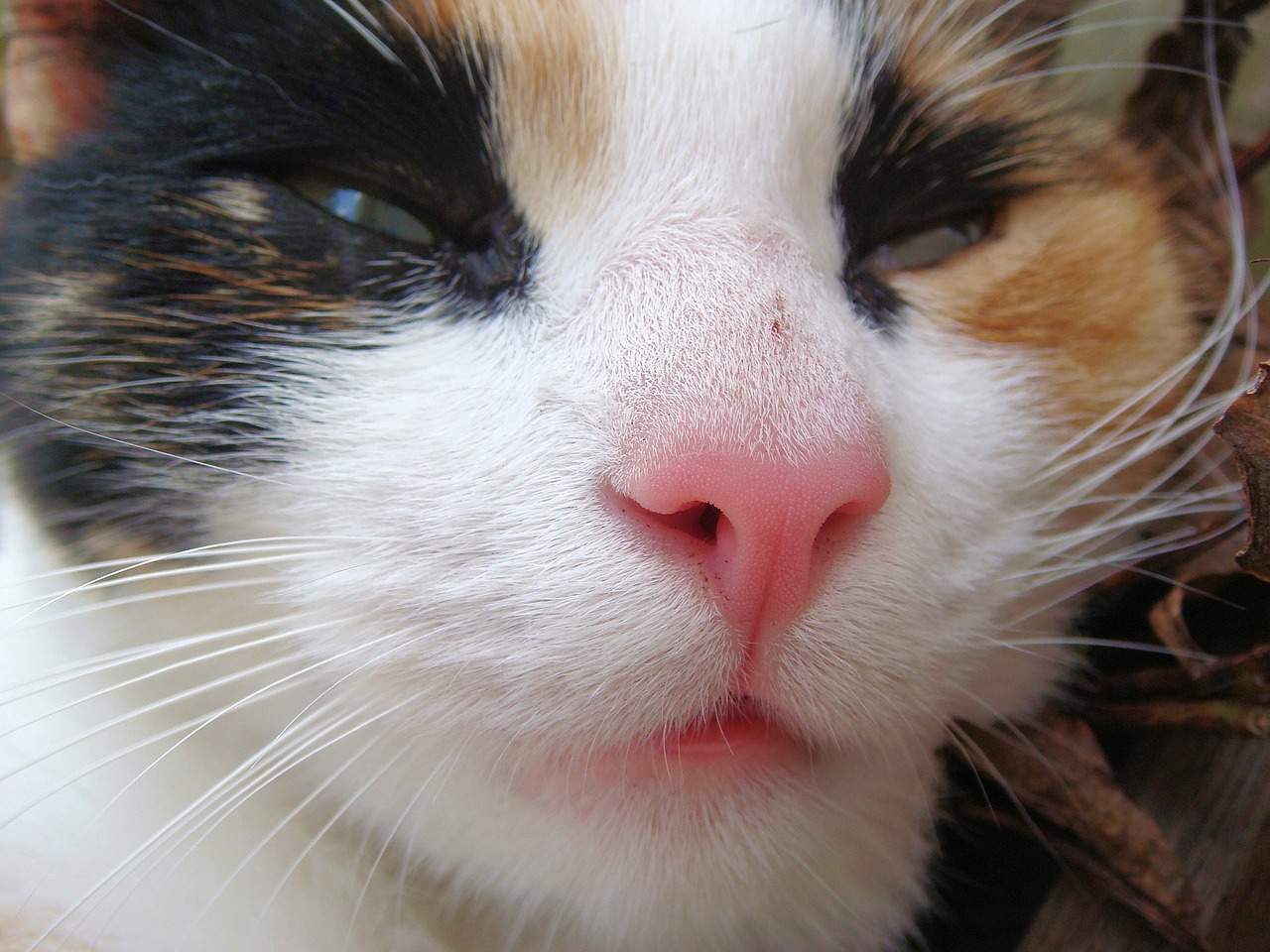
Cats have long been admired for their exceptional senses, and one of their most remarkable abilities is their sense of smell. Unlike humans, who rely primarily on vision, cats navigate their environment and make sense of the world around them through their olfactory system. Recent research has delved into the intricate structures within a cat’s nose that contribute to their extraordinary sense of smell. In this article, we will explore the fascinating science behind cats’ olfactory prowess and uncover the secrets of their highly efficient nasal airway.
Understanding the Cat’s Nasal Airway
To unravel the mysteries of cats’ remarkable sense of smell, researchers at Ohio State University created a highly detailed 3D computer model of a cat’s nasal airway. This model allowed them to study the flow patterns of inhaled air and investigate how it is distributed within the nose. The study revealed an intriguing finding: inhaled air in a cat’s nose splits into two distinct streams—one for respiration and another for odor detection, functioning similarly to a gas chromatograph[^1^].
The complex bony airway structures within a cat’s nose play a crucial role in this process. These structures form tight coils and channels that guide the airflow, efficiently separating respiratory air from odorant molecules. The air is cleansed, humidified, and filtered in one stream, while the other stream delivers the odorants rapidly and efficiently to the olfactory region[^1^].
A Highly Efficient Gas Chromatograph

The researchers likened the cat’s nose to a highly efficient gas chromatograph—a laboratory instrument used to detect and separate chemicals in vaporized form. The separation of airflow into distinct streams ensures that the odorant molecules reach the olfactory region quickly and directly, without being slowed down by the filtration process[^1^].
In fact, the cat’s nasal structure was found to be over 100 times more effective in odor detection compared to species with straight noses, such as amphibians[^1^]. This extraordinary efficiency suggests that the cat’s nasal design could inspire advancements in the development of gas chromatographs used in laboratories today.
Evolutionary Adaptation
The intricate airway structure of a cat’s nose did not evolve by chance. Researchers speculate that the compact size of a cat’s head drove an evolutionary change that resulted in the labyrinthine nasal structure we observe today. This complex design enables cats to adapt to diverse environments and enhance their olfactory capabilities[^1^].
The olfactory system plays a crucial role in a cat’s survival and overall well-being. It allows them to find prey, identify potential dangers, locate food sources, and navigate their surroundings effectively. For example, a dog can distinguish between scents and determine whether a passing entity is a friend or a potential threat[^1^]. The cat’s olfactory system operates on a similar level, if not more advanced.
Flow Patterns in the Cat’s Nasal Airway

The study conducted by Zhao and his team investigated the flow patterns within a cat’s nasal airway using computer simulations. These simulations revealed two distinct regions of airflow during inhalation: respiratory air and odorant-carrying air[^1^]. The respiratory air is filtered and spreads slowly above the roof of the mouth towards the lungs, while the odorant-carrying air moves rapidly through a central passage directly to the olfactory region at the back of the nasal cavity[^1^].
To maintain the efficiency of odor detection, the air carrying odorant molecules bypasses the slower filtration process and reaches the olfactory region at high speed. This ensures quick detection and prevents the loss of odorants that may occur if the air were to be cleansed and slowed down by the respiratory zone[^1^].
Recirculation and Prolonged Processing
Another surprising discovery from the simulations was the recirculation of air within the olfactory region. Once the odorant-carrying air reaches the olfactory region, it is recirculated in parallel channels, allowing for prolonged processing[^1^]. This extended exposure to odorants enhances the cat’s ability to analyze and interpret smells.
The researchers compared the efficiency of the cat’s nasal structure to that of an amphibian-like straight nose in a similarly sized skull. They found that the cat’s nose was more than 100 times more efficient at odor detection[^1^]. This remarkable difference highlights the importance of the cat’s nasal structure in its olfactory capabilities.
The Role of Ethmoid Turbinates
The presence of ethmoid turbinates, bony structures within the nasal cavity, is a crucial factor in the evolution of mammalian olfaction. These turbinates contribute to the expansive olfactory function and brain development observed in mammalian species, including cats[^1^].
The ethmoid turbinates in a cat’s nose function as parallel coiled chromatograph channels. This parallel structure increases the effective length of the flow path while reducing the airflow speed within each coil. The reduced speed is critical for achieving a high plate number, which indicates the efficiency of gas chromatography[^1^]. By collectively feeding from the high-speed odorant-carrying stream, the cat’s nose maintains a high sampling speed without sacrificing overall efficiency.
Implications and Future Research

The research conducted by Zhao and his team sheds new light on the intricate and efficient design of a cat’s nasal airway. This understanding not only expands our knowledge of the nose’s functional purpose but also opens up avenues for further research into the evolutionary pathways behind different nose structures and their impact on olfactory performance[^1^].
By studying the flow patterns and analyzing the details of airflow within the cat’s nose, researchers hope to gain insights into the mechanisms that contribute to superior olfactory capabilities. This knowledge could have implications beyond the feline world, potentially inspiring advancements in gas chromatography and other fields that rely on odor detection and separation[^1^].
Conclusion
The cat’s exceptional sense of smell is a marvel of evolutionary adaptation. Through the intricate design of their nasal airway, cats can efficiently separate respiratory air from odorant-carrying air, allowing for rapid and accurate odor detection. The parallel channels and ethmoid turbinates within their noses enhance their olfactory capabilities and contribute to their survival and success in diverse environments[^1^].
As we continue to uncover the secrets of the cat’s nose, we gain a deeper appreciation for the complexity and precision of the natural world. These findings not only advance our understanding of feline biology but also offer potential applications in diverse fields, from gas chromatography to the development of innovative sensory technologies. The cat’s nose truly stands as a testament to the wonders of nature’s design.
